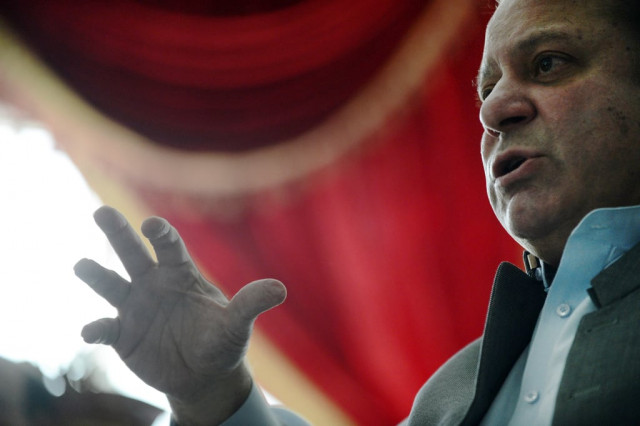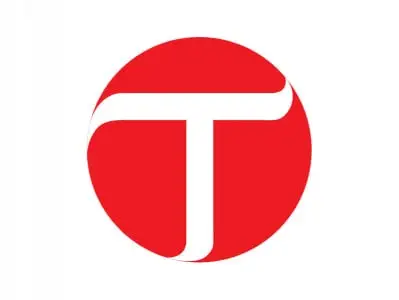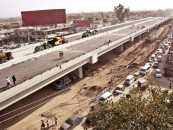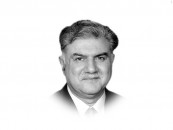Foreign policy challenges
Mr Sharif’s ascension to power comes at the right moment.

The greatest foreign policy challenge for Mr Sharif would be Afghanistan. PHOTO: AFP
Nawaz Sharif’s position on India is well known and he has reiterated it time and again. Indian Prime Minister Manmohan Singh’s invitation to him to visit India is significant, as is the reciprocal invitation by the prime minister-elect to Mr Singh for his oath-taking ceremony. But the dialogue process between the two countries is likely to be fraught with the known roadblocks: Pakistan’s insistence on the core issues and India’s emphasis on terrorism. Having said this, Mr Sharif finds himself in a historic position to consolidate the gains made by the outgoing government with respect to trade and visa liberalisation.

With regard to the US, the PML-N manifesto emphasises Pakistani sovereignty and national interest when it comes to ties with the superpower. The PML-N is on record to have opposed the drones. Thus, its hardest task will be handling the drone debate, and developing a clear, honest line on the issue. The Nato troops pullout from Afghanistan in 2014 will place Pakistan in a tight corner. This would be a consummate test of Mr Sharif’s leadership skills. While he has indicated close but reoriented ties with the US, it is hard to see how things can improve given our dependence on US aid.
The greatest foreign policy challenge for Mr Sharif would be Afghanistan. Despite President Hamid Karzai’s welcoming statement at the PML-N victory, tensions are likely to exist as US troops pull out and the Taliban gain momentum, particularly with help from groups operating in Pakistan’s border territories. It must be mentioned that the PML-N’s foreign policy is likely to be intertwined with domestic policy on dealing with extremism and the impunity with which militant groups allegedly operate inside Pakistan. There was never a greater need for effective linkages between the two, especially with regard to Afghanistan. Mr Sharif’s ascension to power comes at the right moment.
Published in The Express Tribune, May 15th, 2013.













COMMENTS
Comments are moderated and generally will be posted if they are on-topic and not abusive.
For more information, please see our Comments FAQ